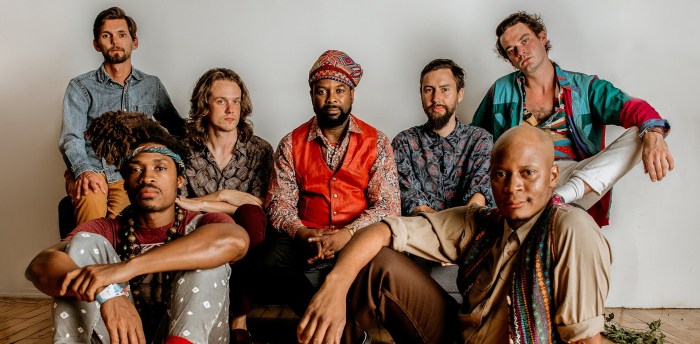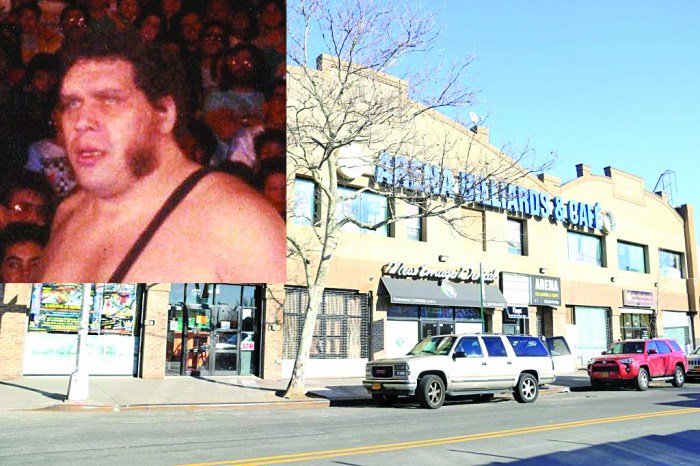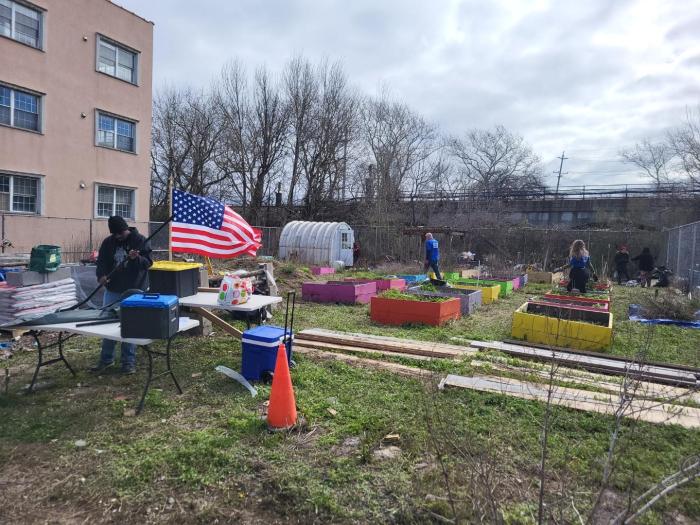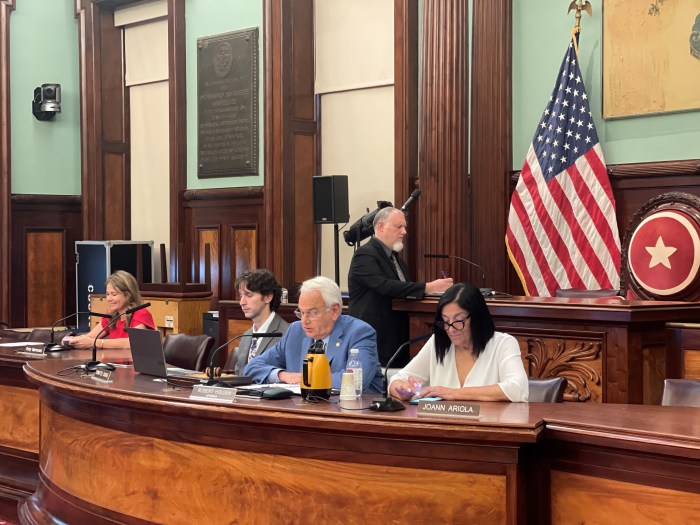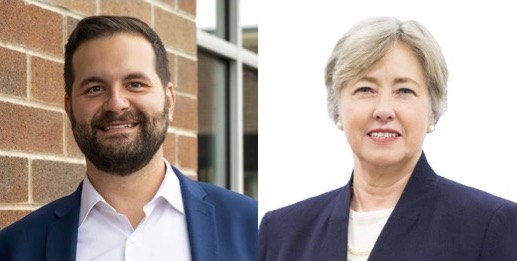After disasters like 9/11 have occurred, what happens to the grief process when a loved one’s body has not been found?
Psychologists tell us that denial is one-step in the grieving process. Until bereaved persons accept that death has happened, no progress can be made in resolving their grief. Research indicates that viewing the deceased or knowing that a body has been located helps to fulfill the psychological needs of those who are left behind. Seeing a loved one’s body makes the loss real and allows survivors to take the next step in the grieving process.
This is one of the reasons why enormous efforts and expenditures of time and money are made to recover victims who perished in disasters, as well as our cultural respect for the dead. As shown by the awful aftermath of 9/11, sometimes body recovery is impossible even though large efforts are undertaken.
This horrific event has placed survivors in a state we cannot imagine. They are coping with a sudden and tragic loss coupled with the absence of a body. Struggling through their grief, many of these survivors have turned to their family funeral directors for solace and advice on ways to remember them.
An appropriate funeral service can help survivors reach closure in accepting that a death has occurred even though a body is not present. Funerals can aid the journey through the grief process by commemorating the life of the deceased and by providing a public occasion to celebrate the life that has been lived.
Survivors in these tragic and overwhelming circumstances should seek help in resolving their grief by talking to a member of the clergy, getting advice from their funeral director and in some cases reaching out to one of the many local community hospices that offer bereavement counseling or a counselor that provides grief therapy.
Reprinted with the permission of the New York State Funeral Directors Association.



